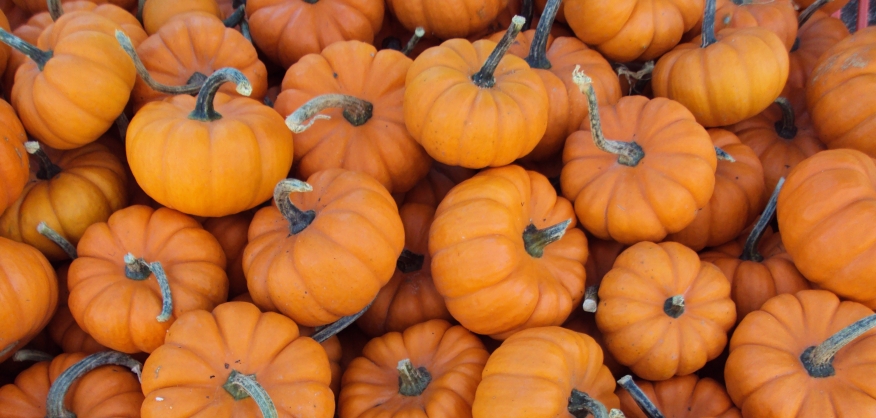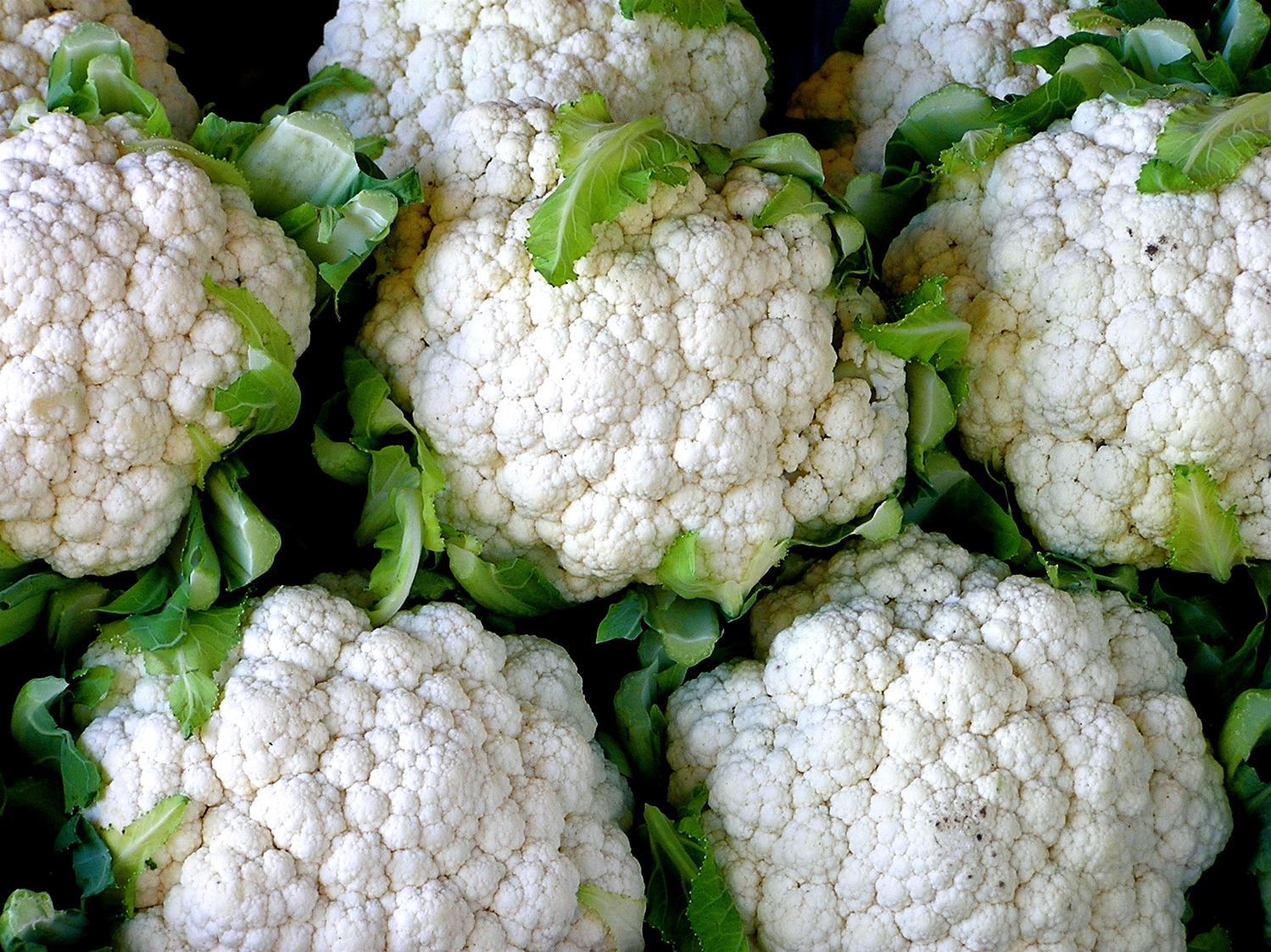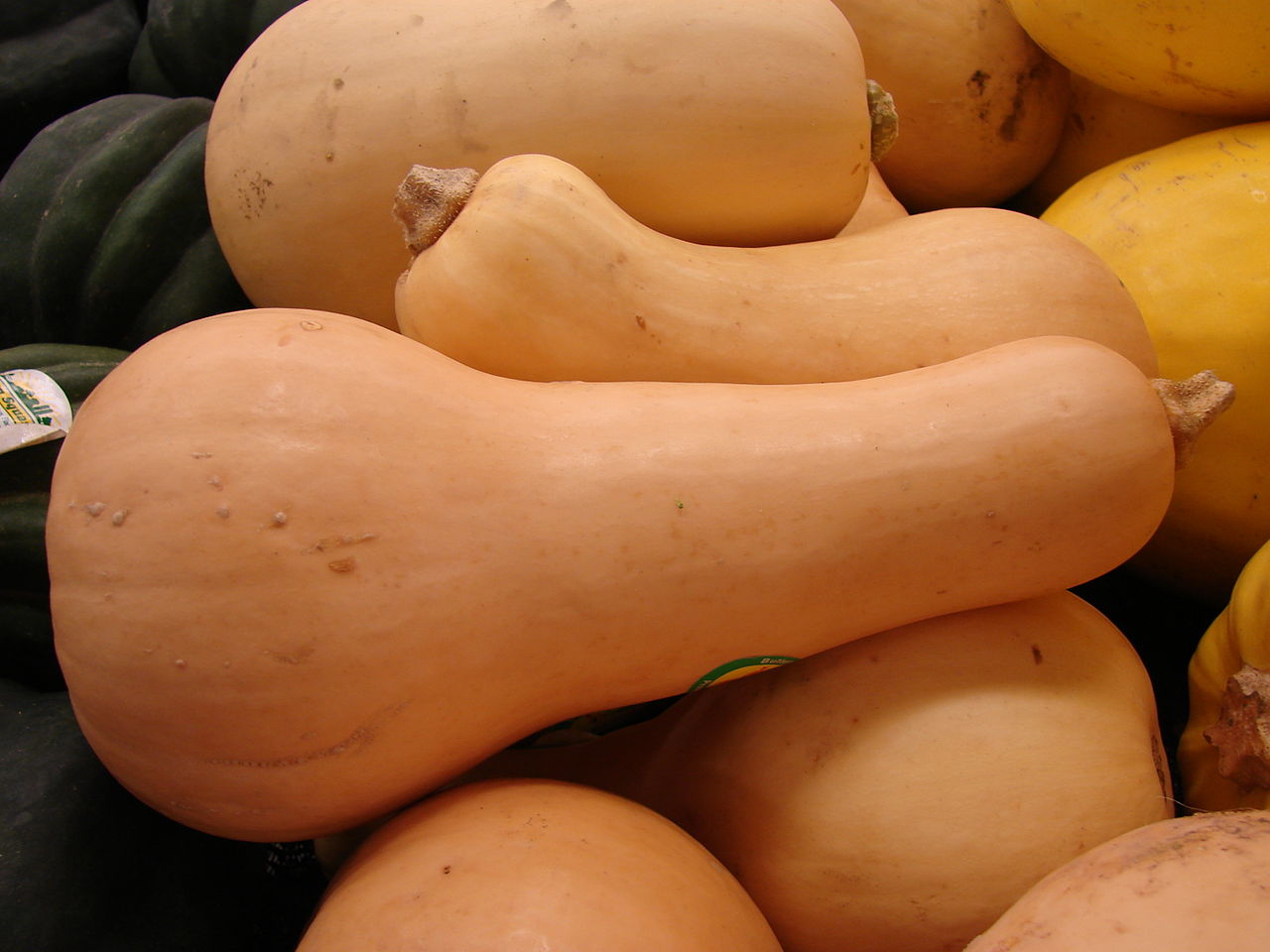Faculty and Staff
Click here to add your own text
Have you been to a trendy restaurant recently? Standing on chairs, rearranging table settings, or rolling up the blinds to get natural light just to get the perfect picture of your food has become commonplace. Food bloggers, instagrammers, and tweeters of food are rampant, which raises the question: are people going to restaurants to eat and just happen to take pictures or are people going to restaurants to just to get these beautiful pictures? Is instagramming changing the face of how we dine?
I can personally speak for my sister when I say that instagramming has changed the way she dines. Snapping a picture of her food prior to eating her first bite has become a ritual. Just look at these snaps below. The decadence!

Thai tea ice cream sandwich via @kelll_e
Instagram has become a way of life for millennials; we instagram while we groggily wake up, in between classes, and as we fall asleep. As a result, we are incessantly shown pictures of beautiful food, colorful plates, and locally cold brewed coffee. We are constantly reminded of the endless dining options out there, and thus often may feel a sense of “FOMO” or fear of missing out. And if not FOMO, at least a minor nudge that these are places that provide beautiful food. Subsequently, once you do make it to these hot spots, you want to be part of the trend, and you also stand by the window for natural light, in order to capture the undeniable beauty of the food you’re indulging in.
This cycle indeed changes the way we eat and appreciate food, and from the opposite end, changes the way eateries present and cook their food. Take a look at Trisha Toh, food blogger extraordinaire @TRISHATES and just look at her photo on the left below. Plain and simple, her instagram is art. Or look at @HUNGRYNYC, photo on the right below. You will undeniably salivate looking at these pictures of food. Social media has unintentionally changed the way we appreciate, taste, and indulge in food. NY Mag even notes the show on FYI called Food Porn, in which the most famous instagrammed dishes are shared!

Homemade Curry via @trishates

Smoked Salmon Eggs Benedict via @hungrynyc
The Journal of Consumer Marketing proves with their research that taking pictures before one eats can actually make food taste better. The Journal specifically notes that when consumers take pictures before eating their food, “it increases attitudes and taste evaluations of the experience when consumption actually takes place.”
Even more interesting, the journal notes that taking pictures as well as seeing others eat healthy foods through their pictures will actually make healthy foods more enjoyable. The world of food is no longer just about being in the moment and enjoying it, it’s about savoring it through social media. Timeout Magazine notes that Instagram has caused consumers to not be able to enjoy their food without a few likes. Countless studies have shown that consumers who take those pre-food snaps perceive the food to be tastier and more pleasurable, explaining why many people have developed this ritual to get the full experience out of their meal.
NYMag studies show that the reason behind the increase in satisfaction after photographing food, is “delayed gratification.” Essentially, by delaying the intake of food in order to take a photograph, we increase awareness thus allowing more savoring of foods. In other words, stop and snap the roses!
Phillip Cox is a 4th year Bioengineering major and blogger for the Eat Well Pod within the Healthy Campus Initiative.
Today, October 7th, is Bruin Plate’s 3rd anniversary since its grand opening in Fall 2013. The health-themed dining hall, lovingly dubbed BPlate by UCLA students, opened my freshman year and has since played an important role in my UCLA experience; it’s where I bonded with classmates over the fear of looming midterms and gossiped with floormates over the latest dorm drama. Beyond its delicious food and the many fond memories I have of it, here are seven reasons why BPlate deserves to be celebrated on its anniversary today (and every other day too):
What do you love about BPlate and/or what has eating at BPlate taught you? Share your experiences with me at livewellblog@gmail.com or on social media!
Danielle de Bruin is an undergraduate student at UCLA majoring in Sociology with a double minor in Italian and Global Health. She is the blog coordinator for the UCLA Healthy Campus Initiative and the director of UCLA’s Body Image Task Force, which is a committee within the UCLA Student Wellness Commission. With the Body Image Task Force, Danielle organizes events, workshops, and campaigns to promote healthy body image, self-confidence, and mental health on campus. She is also a published co-author in the journal PLOS Medicine.
Fall is here…and so are many delicious seasonal fruits and vegetables! From pumpkin to pears to beets, fall is full of delicious flavors. While our global food system allows us to find most types of produce in supermarkets year-round, eating seasonal foods is better for the health of our bodies and our environment. Produce can only develop its full flavor and nutritional content when it’s grown in season, making seasonal foods tastier and more nutritious. Seasonal foods are also better for our planet, because they can be grown locally. This means that the foods do not have to travel as far to reach your local supermarket, reducing pollution and the carbon footprint of your meal. Keep reading to learn what fruits and vegetables are in season this fall and delicious recipes you can use them in!
When it comes to seasonal fall foods, pumpkin is probably the first thing that comes to most people’s minds. However, pumpkin isn’t limited to pumpkin pie and pumpkin spice lattes; it can be used in a variety of sweet and savory dishes and a 1 cup serving packs 245% of the daily need for vitamin A! Use the squash to make Pumpkin Soup, Pumpkin Pancakes, or a Caramelized Pumpkin and Gorgonzola Salad.

Photo via Google Images
Brussels sprouts get a bad rap in mainstream media, but the vegetable is incredibly nutritious and can be cooked in many delicious ways. They are high in vitamins C and K and low in calories. Try them in one of the following recipes: Warm Quinoa Brussels Sprouts Salad, Honey Balsamic Roasted Brussels Sprouts, or Shredded Brussels Sprouts and Kale Salad with Apple.

Photo via Google Images
Cauliflower is also super high in vitamin C and is incredibly versatile. There are hundreds of recipes on Pinterest and other websites that can teach you how to turn cauliflower into pizza crust, rice, or tortilla alternatives for an added dose of veggies. You can also keep the cauliflower intact with one of these recipes: Chickpea and Cauliflower Curry, Roasted Garlic Cauliflower, or Roasted Cauliflower Tacos.

Photo via Google Images
Pears make an easy sweet Fall treat, plus they’re packed with fiber too! You can eat them as a snack, as part of your meal or as dessert! Try one of these tasty recipes: Baked Pears with Walnuts and Honey, Sweet and Spicy Pear Salsa,or Pear Balsamic Salad with Dried Cherries and Candied Walnuts.

Photo via Google Images
While the sweet potatoes topped with marshmallows that your aunt makes for Thanksgiving might not be your healthiest option, there are tons of healthy ways to eat nutritious sweet potatoes. Sweet potatoes are densely packed with many important nutrients; they are great sources of fiber, vitamins A and C, vitamin B6, potassium, and manganese. Cook one of these delicious recipes next time you buy sweet potatoes at the Farmer’s market: Vegan Sweet Potato and Chickpea Curry, Sweet Potato and Kale Frittata, or Sweet Potato Black Bean Hash.

Photo via Google Images
Butternut squash is another one of fall’s delicious squashes. Like sweet potatoes, the squash is a great source of vitamins A and C, potassium, and manganese, but it has its own unique flavor. Try using it to make Butternut Squash Burrito Bowls, Butternut Squash and Spinach Lasagna, or Roasted Butternut Squash with Spiced Lentils.

Photo via Google Images
Finally, add some color to your plate with some beets! Beets are a good source of folate and can easily be incorporated into simple dishes. Beet Hash with Eggs, Smoky Black Bean Beet Burgers, and Balsamic Beet Salad are all great options.
Danielle de Bruin is a fourth-year undergraduate student at UCLA majoring in Sociology with a double minor in Italian and Global Health. She is the blog coordinator for the UCLA Healthy Campus Initiative and the director of UCLA’s Body Image Task Force, which is a committee within the Student Wellness Commission. With the Body Image Task Force, Danielle organizes events, workshops, and campaigns to promote healthy body image, self-confidence, and mental health on campus. She is also published in the journal PLOS Medicine and the Huffington Post.